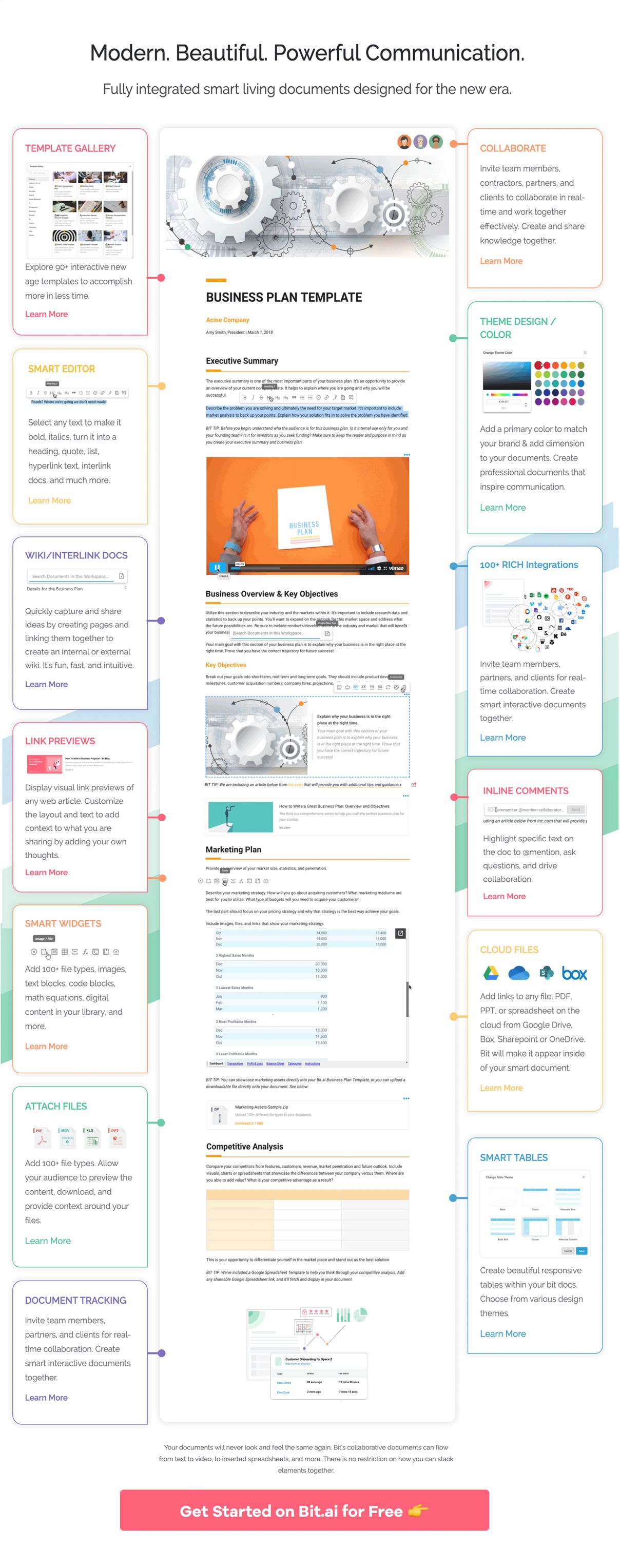As your business grows, new tasks will come up that would require different skillsets than the ones you or your existing employees already have.
This may lead you to be on the lookout for new employees in the job market. However, whether it’s for marketing, sales, IT, or any other role, you’ll find that hiring a consultant is a more efficient and cost-effective option.
A consultant is an outside professional that is hired due to their subject matter expertise. They are contract-based external employees that have to carry out tasks in a given timeline.
The advantage of consultants is that they are niche-specific, and have gained expertise by carrying out similar tasks, in similar industries, over a period of time. Hence, they are more skilled and experienced at what they specialize in, compared to regular employees.
But how do you finalize what is decided between you and the consultant? Since they are not part of your company, there is no employment contract that can be given to them.
This is where consulting agreements come into the picture. In the blog post, we’ll be talking about consulting agreements, their importance, and the steps you can take to create one.
What is a Consulting Agreement or Contract? (Definition)
A consulting agreement, also known as a consulting contract or freelance agreement, explains the conditions of the relationship and keeps both parties (consultant and client) accountable.
It also keeps in check the work that is being done and the compensation that is being offered in return.
Most companies appoint external consultants to carry out some business processes. The consultants have more expertise than the company in specific fields and are able to carry out that work more efficiently.

When hiring such consultants, a consulting agreement is always required that acts as a binding contract between the two parties. This agreement highlights the scope of work that the consultant has to carry out, and also the terms and conditions of the contract.
There are various types of consultants that offer different services. A few examples include IT consultants, financial consultants, legal consultants, and compliance consultants. No matter which one you hire, a consulting agreement is always necessary for a variety of reasons, as mentioned below.
Read more: Consulting Proposal: What is it & How to Create it? (Steps Included)
Importance of a Consulting Agreement or Contract
1. Sets Clear Expectations
A consulting agreement lists down all the tasks, duties, and responsibilities of the consultant. It also covers the terms and conditions of the consulting contract. Hence it sets clear expectations for both parties.
2. Prevents Miscommunication
Since everything is documented and read thoroughly before signing, a consulting agreement makes sure both parties have understood the agreement to its full extent. It makes sure there is no kind of unwritten terms or things that can be missed out in just a verbal agreement.
Hence, it prevents miscommunication and protects both parties from changing demands later on in the duration of the contract.
3. Establishes a Timeline to Adhere to
A consulting agreement clearly states the timeline that the consultant is supposed to work with. This is not only about the total time that the consultant will provide services to the company, but also the deadlines with respect to the different tasks that the consultant is expected to carry out.
4. Confirms a Specific Budget
A consulting agreement clearly states the payment terms and clauses that may affect the amount paid. Hence, it ensures there are no hassling or demands of change in payment by any of the parties, thereby protecting the consultant as well as the client.
Read more: Operating Agreement: What is it & How to Draft One for your LLC?
How to Create a Consulting Agreement? Follow these Steps!
A consulting agreement has various components under it:
Step 1. Name
Start the agreement with the names of the company and the consultant.
Step 2. Scope of Work
This section gives an in-depth description of the duties that the consultant has to carry out. What are the services that they will provide? Make sure the agreement has this in detail as, without it, it’ll be impossible to determine whether the consultant has done a satisfactory job or not.

It is wise to include an exhibit that will list down the different tasks of the consultant, and new tasks can be added to this list in the future (without changing or re-writing the whole agreement).
Step 3. Consulting Period
Elaborate upon how long the consultant is expected to work with the company. If there are any continuous or monthly consulting expectations, make sure you note them down and state the conditions for them.
Step 4. Payment Terms
Describe in detail the payment terms of the agreement, such as the exact amount with the currency specified and the mode of payment.
If the consultant is being hired for a short time period, explain when the payment will be made. If the consultant will be hired on a recurring basis, state the timeline of payments and how they will be split up.
Step 5. Intellectual Property Clauses
The agreement should address the use of the work done by the consultants. The owner of the copyright gets decided based upon the agreement.
In some cases, the consultants allow the client complete ownership of the work/product, whereas in other cases, the consultants demand the rights to the work in case it is illegally distributed in the future.
The best outcome for the company hiring the consultants would be to own the rights of the physical documents as well as the copyright behind them. It is to be noted that in such a scenario, the consultant may demand a higher payment as compensation.
Step 6. Confidentiality Clauses
State, why the work done by the consultant, has to be kept private and the impact if sensitive information gets leaked. Classify which information has to be kept confidential and what is open to the public. State the penalties for breaching these confidentiality clauses, whether they are financial or legal in nature.
Step 7. Non-Competition Clauses
When you hire a consultant, it is expected that they are not doing business with any of your direct competitors. Not only would this be an ethical problem for the contractor, but gives them an unfair advantage as they might just recycle the work done for another business, and vice versa.
A non-competition clause states the businesses they can’t work with and provides protection for your company. However, the clause has to be reasonable in order to be enforced. If you are too stringent, you are essentially taking business away from the consultant in an unfair manner.
Step 8. Dispute Clauses
This section provides the guidelines that should be followed in case there is a dispute between the parties.
Step 9. Termination Clauses
List the conditions that would be applicable for the termination of this contract, such as contingencies or changes in demand.
Step 10. Breach of Contract Clause
The last clause should specify what would happen if the consultant breaches the agreement. State in detail the consequences for breach of each of the clauses.
Step 11. Signing Area
In the end, provide space for both the parties to sign the agreement, making it binding.
Given the detail that goes into writing a consulting agreement, creating one is impossible on paper. Even on software like MS Word, you can’t make documents that are up to date with the demands of the 21st century.
A consulting agreement needs to be made on a collaborative platform that allows you and the other party to work on the document together, in real-time.
There needs to be a way for you to comment on individual lines of text, even while working remotely, which is often the case with consultants. This is why Bit is the perfect solution for making consulting agreements.
Read more: Shareholder’s Agreement: What is it & How to Create it?
Bit.ai: The Best Tool for Creating All types of Agreements and Contracts
Bit.ai is a modern-day document collaboration platform that allows you to embed any kind of images, videos, media, and links directly into your documents. This cloud-based platform is amazing for creating various types of agreements. Here are a few reasons why you should use Bit for document creation:
- Collaborate in Real-Time: Bit allows you to work with multiple people in real-time. While creating a consulting agreement, the consultant and the client can work collaboratively and add their own clauses. This allows both the parties to work faster and add their own viewpoints simultaneously, rather than waiting for the other to finish.
- Negotiate Using Comments: Collaborators can comment on individual pieces of text or phrases that they feel need to be altered. This can be used to negotiate in real-time, and hence clauses in consulting agreements can be modified accordingly. Once the modification is done, comments can be “resolved” and the parties can move on to the next topic.
- Create Interactive Documents: Use Bit to embed images, videos, and any type of media right into your document. For example, while working with a design consultant, you can attach images of design inspirations right in the document itself!
- Document Templates: Bit has several templates that help you get started with making different types of agreements. The framework is already laid out, so all you need to do is add the details that are relevant to your specific agreement!
- Consultant Portal: On Bit, you can make virtual spaces for you and your consultants. These workspaces can be customized, hence allowing you to have different workspaces for different consultants. Documents can be shared accordingly, making everything organized and specific to each consultant.
Conclusion
Well, that’s a wrap on how to go about writing your consulting agreement!
Consultants are usually more productive and cost-efficient than traditional employees, and you should use this to your advantage!
Next time you hire a consultant, make sure you use all these steps to create the most well-rounded and descriptive consultant agreement!
Don’t forget to use Bit to make all your agreements perfect, beautiful, and organized!
Further reads:
Purchase Orders: What are they & How to Create them?
Profit-Sharing Agreement: What is it & How to Create it?
Consulting Report: What is it and How to Create it?
Contract Termination Letter: What is it & How to Write it?
Service Contract: What is it and How to Draft a Perfect One?
Vendor Agreement: What is it and How to Create it?
Founders’ Agreement: What is it & How to Create it?
Sales Contract (Agreement of Sales): What is it & How to Create One?
Retainer Agreement: Definition, Advantages, Types & Structure!

Related posts
About Bit.ai
Bit.ai is the essential next-gen workplace and document collaboration platform. that helps teams share knowledge by connecting any type of digital content. With this intuitive, cloud-based solution, anyone can work visually and collaborate in real-time while creating internal notes, team projects, knowledge bases, client-facing content, and more.
The smartest online Google Docs and Word alternative, Bit.ai is used in over 100 countries by professionals everywhere, from IT teams creating internal documentation and knowledge bases, to sales and marketing teams sharing client materials and client portals.
👉👉Click Here to Check out Bit.ai.




